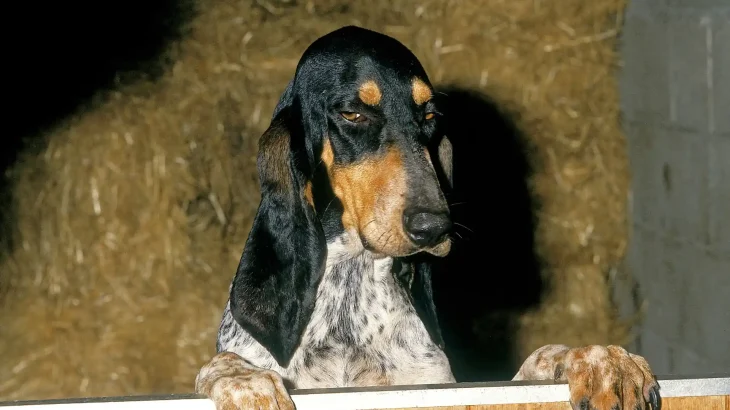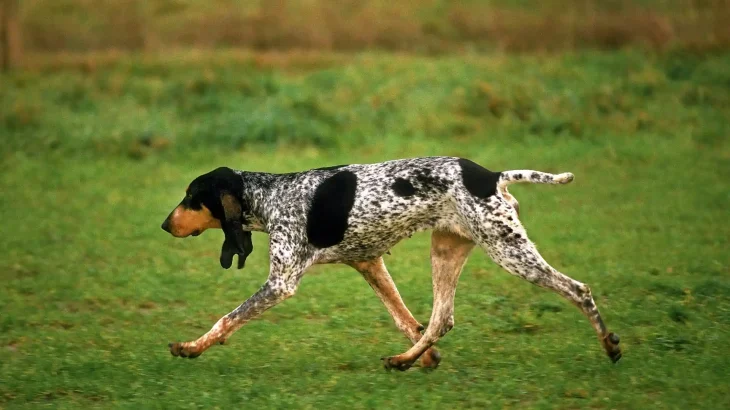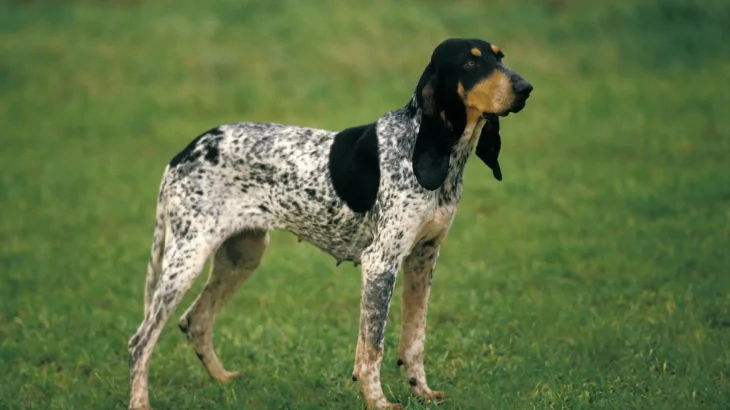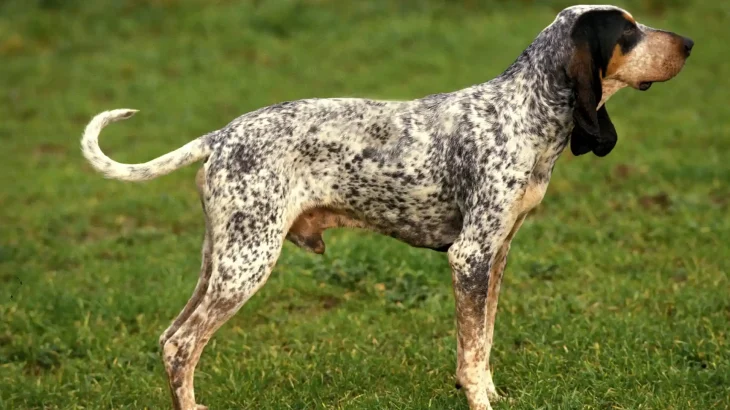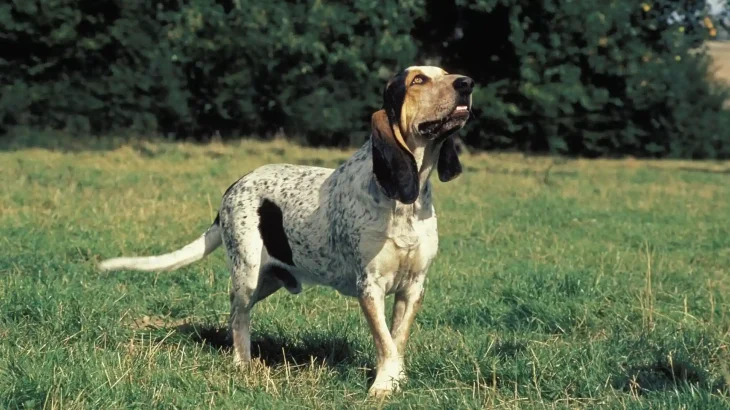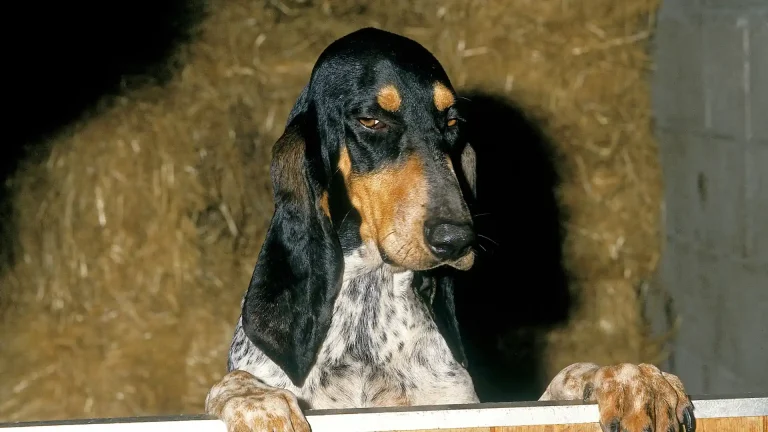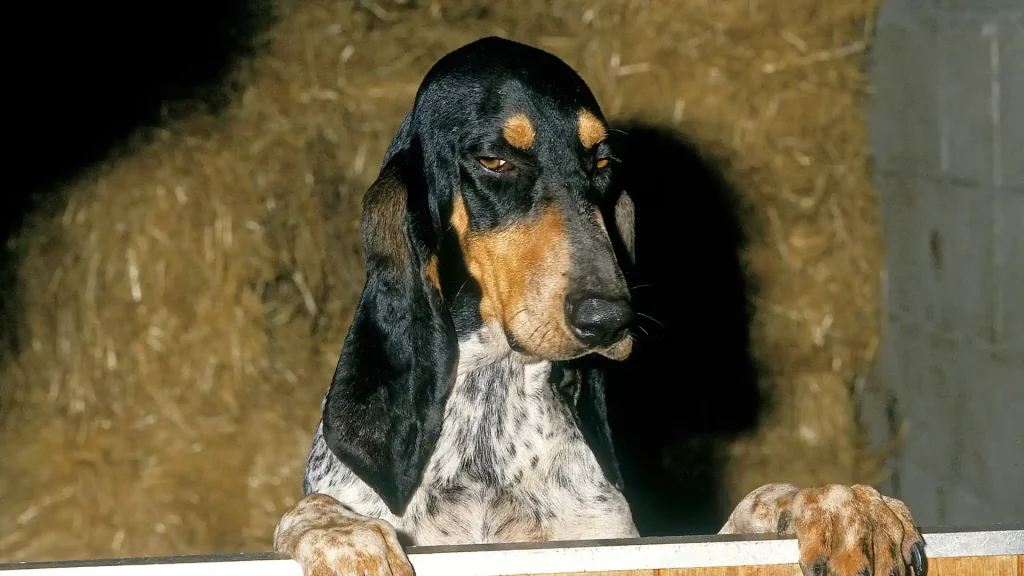When deciding between adopting or purchasing a Grand Gascon Saintongeois puppy, the choice often depends on what matters most to the potential owner. Purchasing from a breeder usually guarantees clear lineage and health history, while adopting offers a chance to provide a loving home to a dog in need. Both paths have unique benefits and things to consider.
Adoption vs. Breeder: Pros & Cons
| Criteria | Buying from Breeder | Adopting from Shelter/Rescue |
|---|---|---|
| Cost | Usually higher, reflecting breeding and care expenses. | Generally lower fees, often covering initial medical care. |
| Health History | Detailed health and genetic information usually provided. | Health info may be limited or uncertain. |
| Age Availability | Mostly puppies, allowing early bonding and training. | Any age; sometimes older dogs needing experienced homes. |
| Temperament Insight | Breeders can share traits based on lineage. | Staff observations available but early behavior unknown. |
| Supporting Practices | Supports breed preservation via responsible programs. | Supports animal welfare by giving homes to dogs in need. |
| Ethical Considerations | Important to ensure breeder is ethical and responsible. | Ethical appeal of rescuing a dog, preventing euthanasia. |

